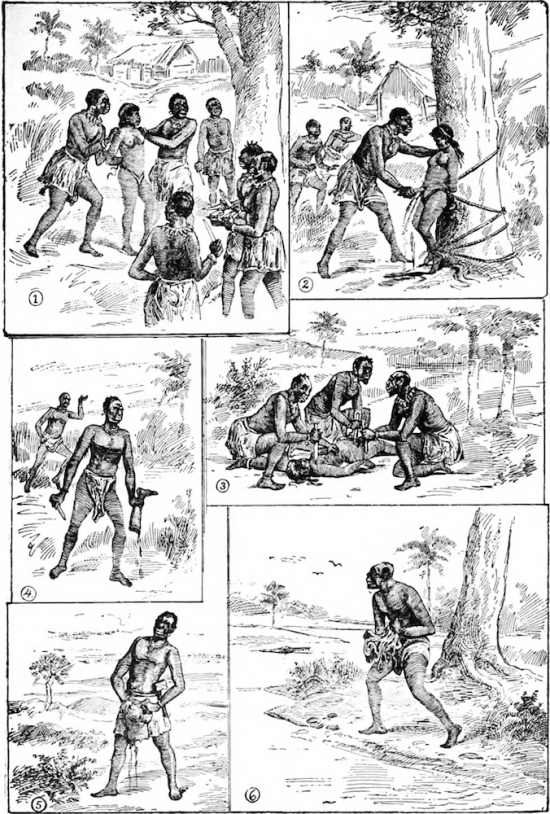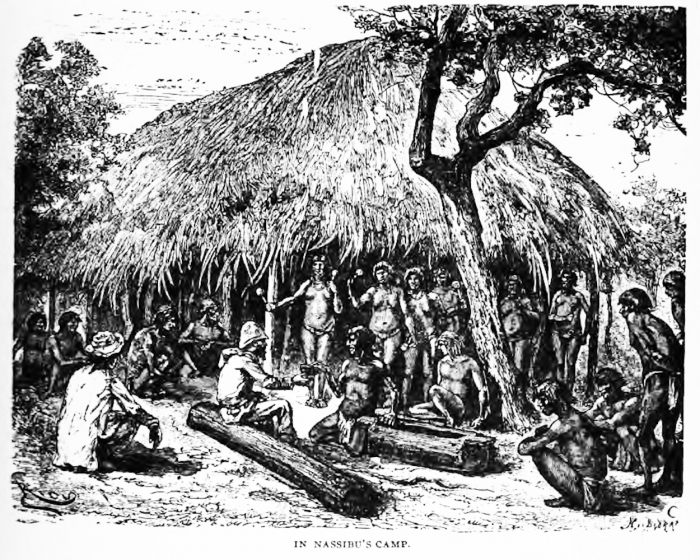In 1885, the state of Congo became private property of King Leopold II of Belgium. During the 23 years of this colonial domination, the king never set foot in this country; yet he exploited its resources and enslaved its inhabitants, causing 8 to 30 million deaths, which means he literally halved the local population. The Force Publique, a militia established by the king to spread terror, used to torture and mutilate men, women, and children, thus writing one of the most shameful and bloody pages of European colonialism. Such an inhuman context was the setting for the scandal of James ‘Sligo’ Jameson, heir of a famous Irish whisky distillery, which is still operating. Naturalist, hunter and explorer, in 1886 Jameson joined the Emin Pasha Relief Expedition led by Sir Henry Morton Stanley. Despite the stated objective of this expedition was to provide aid to the Emin Pasha who was under siege, its real task was to expand Belgian settlements on Congolese territory. On February 25, the soldiers left Zanzibar, heading to the heart of what was then called “Black Africa”. The scandal happened when they arrived in Ribakiba (a town known today as Lokandu). According to Assad Farran, Jameson’s interpreter, during a meeting with the local tribe leaders, the Irish gentlemen showed his curiosity for the practice of cannibalism. “In England we hear much about cannibals who eat people, but being myself in the place, I would like to see it in person” he said. The tribe leaders confirmed that anthropophagy was quite common in that area, and they suggested Jameson to offer a slave as a gift to one of the neighbour villages. So, for the ridiculous price of six handkerchiefs, Jameson bought a 10-year-old girl. “On reaching the native huts the girl, who was led by the man who had brought her, was presented to the cannibals. The man told them: ‘This is a present from the white man. He wants to see how you eat her’. The girl was taken and tied by the hands to a tree. About five natives were sharpening knives. Then a man came and stabbed her with a knife twice in the belly. The girl did not scream, but she knew what was going on. She was looking right and left, as if looking for help. When she was stabbed she fell down dead. The natives then came and began cutting her in pieces. One cut a leg, another an arm, another the head and breast, and another took the inner parts out of her belly. After the meat was divided, some took it to the river to wash it, and others went straight to their house. During all the time Mr. Jameson held a notebook and a pencil in his hand, making rough sketches of the scene.” When Assad signed this sworn statement in 1890, four years after the events, Jameson was already dead. Since his description of the events was confirmed by another witness, the scandal broke out, and the word spread fast from Europe to the US, where the story was even published in the New York Times. Jameson’s widow then tried to redeem the memory of his husband by publishing a letter he was supposed to have written on his deathbed. This writing provided a different version of the events: the whole thing happened so fast that Jameson was powerless to stop the carnage happening before his eyes. Yet in the letter (which many suspected to be a fake written by Jameson’s friends) there were some details—such as the six handkerchiefs used to buy the little girl—corresponding to the interpreter’s report: if the letter’s purpose was to restore a posthumous honour to Jameson, this strategy proved to be rather weak. The situation became even more confused when Assad withdrew his charges, declaring he had been misunderstood. Yet, everyone could figure out that, in all likelihood, he had been forced to retract his accusations by Belgian officers. Although a number of grey areas still remains, there is little doubt that the accident actually occurred. Another witness remembered that back then Jameson had no problems telling this story, and that he didn’t realise the gravity of his actions until long afterwards. “Life is very cheap in Central Africa; Mr. Jameson forgot how differently this terrible thing would be regarded at home.” During those dreadful years in Congo, while regularly committing massacres, Europeans treated natives like cattle. So, from the colonists’ point of view, six handkerchiefs were clearly worth a gory and unforgettable show.


